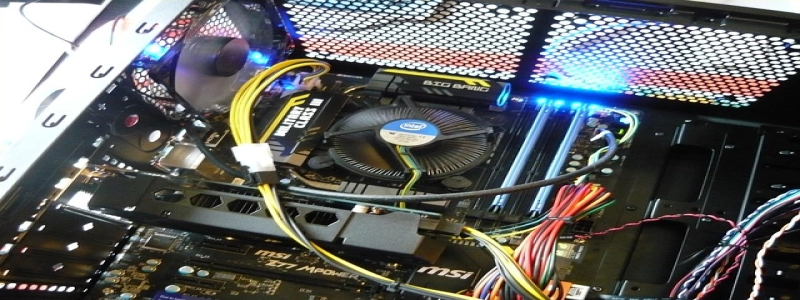SFP vs RJ45: Explained in Detail
Introduction:
In the world of networking, two commonly used technologies for transmitting data over Ethernet cables are SFP (Small Form-Factor Pluggable) and RJ45 (Registered Jack 45). Both technologies have their own merits and are widely used in various networking environments. In this article, we will delve into the details of SFP and RJ45, comparing their features, advantages, and use cases.
I. SFP:
1. Overview and Functionality:
a. SFP, also known as Mini-GBIC, is a compact, hot-pluggable transceiver module.
b. It supports various data rates and communication protocols, such as Ethernet, Fiber Channel, and SONET.
c. SFP modules can be easily interchanged to adapt to different network requirements.
2. Advantages of SFP:
a. Versatility: SFP modules support a wide range of transmission speeds, ranging from 100Mbps to 10Gbps, making them suitable for various network applications.
b. Fiber Optic Compatibility: SFP modules can transmit data over both single-mode and multi-mode fiber optic cables, enabling long-distance connectivity.
c. Flexibility: SFP modules allow network administrators to choose the appropriate transceiver for their specific needs, such as different data rates, fiber types, and distances.
3. Use Cases for SFP:
a. Data Centers: SFP modules are commonly used in data centers for interconnecting switches and servers, providing reliable and high-speed data transmission.
b. Telecommunication Networks: SFP modules are used in telecom networks to enable long-distance connections and provide high-speed data transfer.
c. Enterprise Networks: SFP modules are used in enterprise networks for interconnecting switches and routers, ensuring seamless communication between devices.
II. RJ45:
1. Overview and Functionality:
a. RJ45 is a standard connector used for Ethernet networking.
b. It is commonly found in networking equipment, such as switches, routers, and network interface cards (NIC).
c. RJ45 connectors terminate Ethernet cables, providing a physical connection for data transmission.
2. Advantages of RJ45:
a. Ubiquity: RJ45 connectors are widely available and commonly used in Ethernet networking, making them compatible with most devices.
b. Cost-effectiveness: RJ45 connectors are relatively inexpensive compared to fiber optic connectors, making them a budget-friendly option for network infrastructure.
3. Use Cases for RJ45:
a. Local Area Networks (LAN): RJ45 connectors are extensively used in LAN setups to connect computers, printers, and other devices to the network.
b. Small Office/Home Office (SOHO) Networks: RJ45 connectors are suitable for SOHO environments, providing reliable and affordable connectivity for home and small business networks.
Conclusion:
Both SFP and RJ45 have their own unique characteristics and use cases. SFP excels in terms of flexibility, longer distance transmission, and high-speed capabilities, making it ideal for data centers and telecom networks. On the other hand, RJ45 is more widely adopted, cost-effective, and suitable for smaller networks such as LANs and SOHO environments. Network administrators should consider their specific requirements and budget constraints when determining whether to use SFP or RJ45 in their networking infrastructure.







